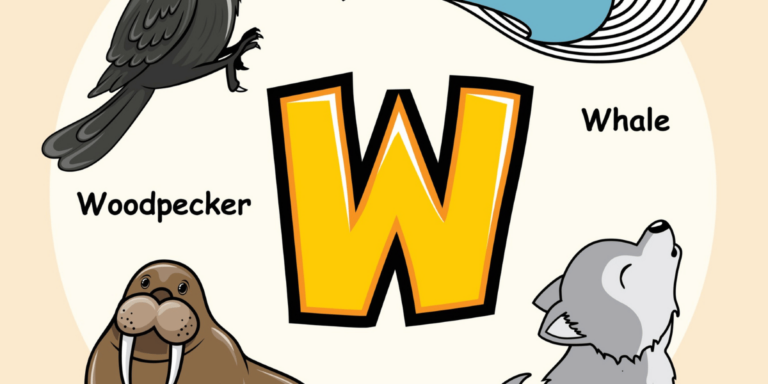Types of Butterflies: 30+ Types of Butterflies and their Identifications

Types of Butterflies: A Timeless Marvel Butterflies, with a history spanning millions of years, contribute not only to the visual splendor of our surroundings but also play a crucial role in maintaining a healthy ecosystem. Beyond their aesthetic appeal, these delicate creatures serve as essential pollinators, contributing to the vitality and beauty of the natural world.
Types of Butterflies
List of Butterflies
Although there is a huge number of this type of insects that roam the earth, you may find the common types of butterflies below.
- Brush Footed Butterfly
- Whites and Sulfurs
- Gossamer Winged Butterfly
- Tiger Swallowtail Butterfly
- Ulysses Butterfly
- Peacock Butterfly
- Sleepy Orange Butterfly
- Queen Alexandra Birdwing Butterfly
- Swallowtail
- Blue Morpho Butterfly
- American Snout Butterfly
- Red Admiral Butterfly
- Mourning Cloak Butterfly
- Monarch Butterfly
- Creamy Marblewing Butterfly
- Giant Owl Butterfly
- Karner Blue Butterfly
- European Skipper Butterfly
- Montezuma’s Cattle Heart
- Glasswing Butterfly
- Julia
- American Painted Lady Butterfly
- Southern Dog Face
- Small Copper Butterfly
- Chestnut Tiger
- 88 Butterfly
- Dead Leaves Butterfly
- Duke of Burgundy
- Summer Azure Butterfly
- Viceroy
- Adonis Blue
Varieties of Butterflies and Their Characteristics
- Peacock Butterfly The Peacock Butterfly exhibits a unique feature by producing a hissing sound when provoked or startled. Its coloration combines shades of purple, grey, and brown. This butterfly is native to regions in Europe, Japan, and certain parts of Asia.
- Queen Alexandra Birdwing Butterfly Boasting an impressive wingspan, the Queen Alexandra Birdwing Butterfly is recognized as one of the largest butterfly species on the planet. It displays a striking mix of black, green, and blue hues and can reach a wingspan of up to 30 centimeters. This majestic butterfly is primarily found in Papua New Guinea.
- Blue Morpho Butterfly The Blue Morpho Butterfly is instantly recognizable due to its vibrant blue wings with a wingspan extending over five inches. These magnificent butterflies are abundant in the tropical forests of Latin America, notably in Mexico and Colombia. However, their adult lifespan is relatively short, spanning only two to three weeks.
- American Snout Butterfly Characterized by yellow stripes along the upper and lateral parts of its body, the American Snout Butterfly exhibits a dark green hue and features two black tubercles above its thorax. This species is distributed throughout regions in North and South America and possesses the remarkable ability to camouflage itself, evading potential predators.
- Red Admiral Butterfly Commonly sighted in Ireland and Britain, the Red Admiral Butterfly is distinguishable by its black wings adorned with white spots and orange bands. Their preferred habitats include moist fields, yards, woodlands, and marshes, typically in warmer areas where they can lay their eggs and thrive in a safe environment.
- Mourning Cloak Butterfly With its captivating red and maroon coloring, the Mourning Cloak Butterfly stands out. Its creamy yellow margins, reflective sheen, and subtle shades of purple make it easily identifiable. These butterflies can boast wingspans exceeding three inches and are commonly found in New Hampshire and other parts of North America.
- Monarch Butterfly The Monarch Butterfly is recognizable by its distinctive coloration, featuring a combination of black, white, and orange. Their wings bear markings that include black veins, black borders, and white dots. These butterflies are distributed across North, South, and Central America, with occasional sightings in Australia, India, and Western Europe. They are often regarded as one of the most beautiful butterfly species.
- Southern Dog Face The Southern Dog Face Butterfly primarily resides in the southern regions but may migrate northward due to climate changes. Its distinct feature is the conspicuous “dogface” markings in black on its upper wings, enabling it to fly swiftly and exhibit surprising agility.





